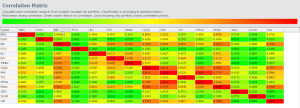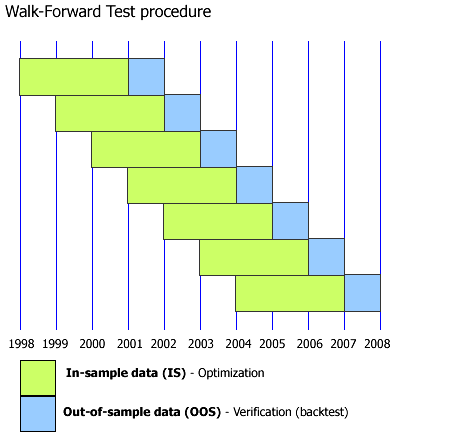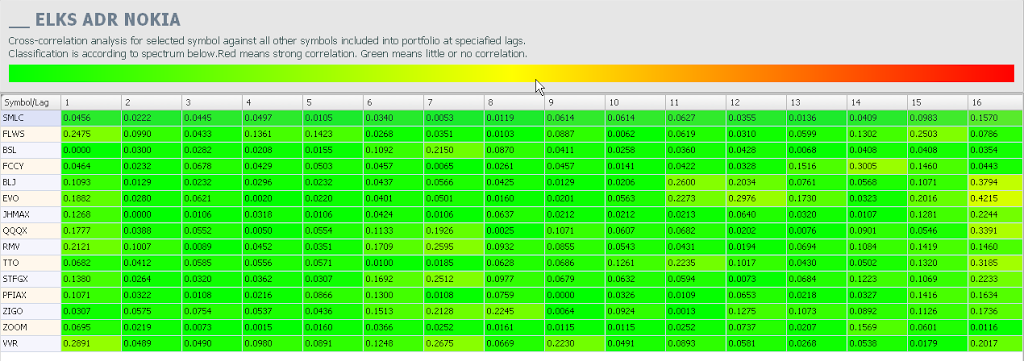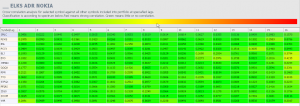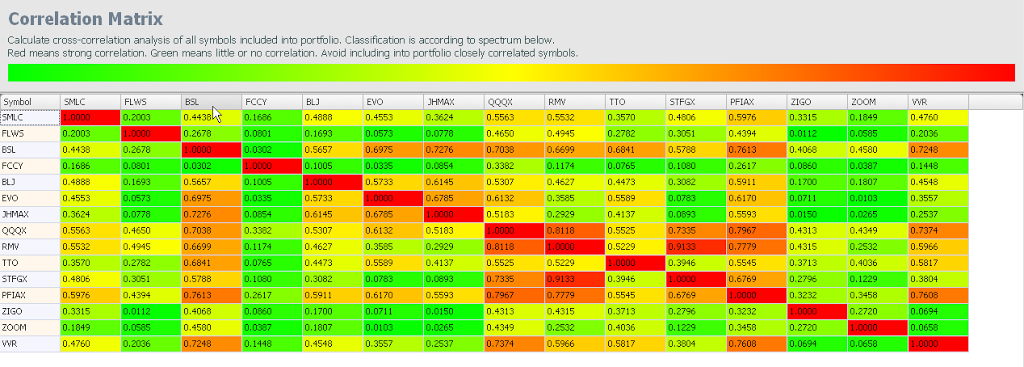Q: User manual gives special table of allowed input lengths for each algorithm. Why different algorithms require different length of input data? How we can choose this length optimally in each case to achieve the best performance?
A: We offer algorithms of different complexity levels. Simple algorithms typically work well on very short input data. However, many algorithms are adaptive. It means that they automatically adjust their settings based on input data to achieve best forecasting performance.
As with humans, algorithms have only one way to learn – they learn on the previous experience. This experience is passed to algorithm in a form of market history. The longer history is provided, the better experience will have algorithm to learn. As with humans, there is no guarantee that algorithm will learn well, provided it has good initial data. However, not giving enough data is solid guarantee that even good algorithms will have no experience to educate on it properly.
Each algorithm has the minimal survival data length. Without minimal data, it simply cannot live and operate. All initial data points on chart will be just void until this minimal limit is reached, indicating that algorithm is not operational until enough data history has been collected. However, it means exactly the survival limit. Calculation starts immediately as soon as the limit is reached. Nevertheless, it does not mean that calculation on these limit condions is perfectly accurate. Algorithm with the minimal data is as the newborn baby: it is very unnatural to expect from it to be market genius. You must teach it with enough historical data to expect better professional expertise. The more data you provide the better results you can expect.
On another side, the calculation time grows with the amount of data. On the real time stream forecast will appear useless, if it arrives later than the forecasted event really happens. Hence, the user must choose the balance between the desired accuracy and the allowed data depth to get the timely market advises depending on performance of computer.
